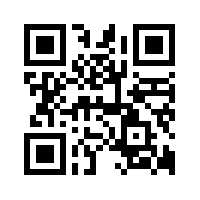|
|
|
|
Inductive Bible Study
method for serious students of the Bible
online interactive lessons

"For the word of God is living and active. Sharper than any double-edged sword,
it penetrates even to dividing soul and spirit, joints and marrow;
it judges the thoughts and attitudes of the heart." - Heb. 4:12 (NIV)
The Plan
3 Steps
- Observe - make observations.
In this step you ask yourself: What do I see? +In other words you'll be playing detective and we'll show you what to look for so that you can draw a conclusion from the 'evidence'. - Interpret - draw conclusion on how to interpret the Bible passage.
In this step you ask
yourself:
What does it mean? +So what is the difference between step 1 and step 2? Let's look at an example, Genesis 1:1 - a verse that just about every Christian is familiar with, especially those who start reading through the Bible from the beginning."In the beginning God created the heavens and the earth." (NAS) How would you answer the first question of 'what do I see?'
You may say, I see that it says, 'At the beginning of time, God created the universe and the earth out of nothing.'
Well, that is actually an answer to the second question 'what does it mean'. In other words, you're giving your interpretation of that verse. So how did you come to that interpretation or conclusion? Often times we have to step back first.
As you follow along, you will see the difference between step 1 and 2, hopefully! - Apply
- apply the meaning(s) to your own life.
In this step you ask yourself: What do I do?
Simple, right? Let's have a little test of your observation skills:
This is a 'QR code'. With a smart phone loaded with a QR code scanner app, it will open this page in the
browser in your phone.
“You see, but you do not observe."
- "Sherlock Holmes"
by Arthur Conan Doyle.
- "Sherlock Holmes"
by Arthur Conan Doyle.
Do you see or observe?
© All rights reserved 2013 - 2016. Ktizo Technologies
